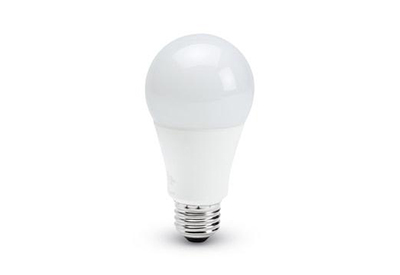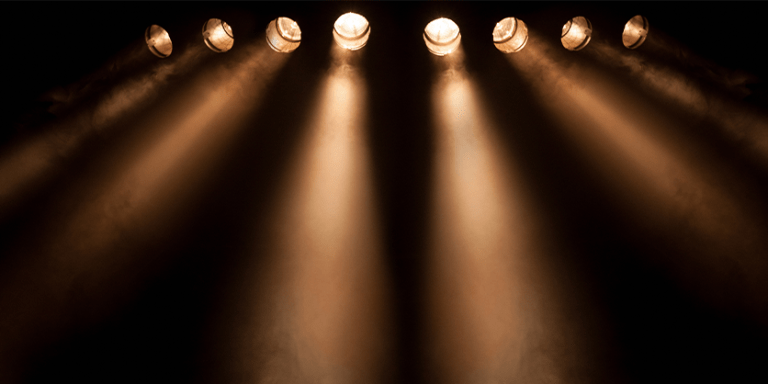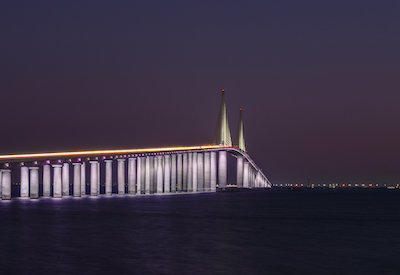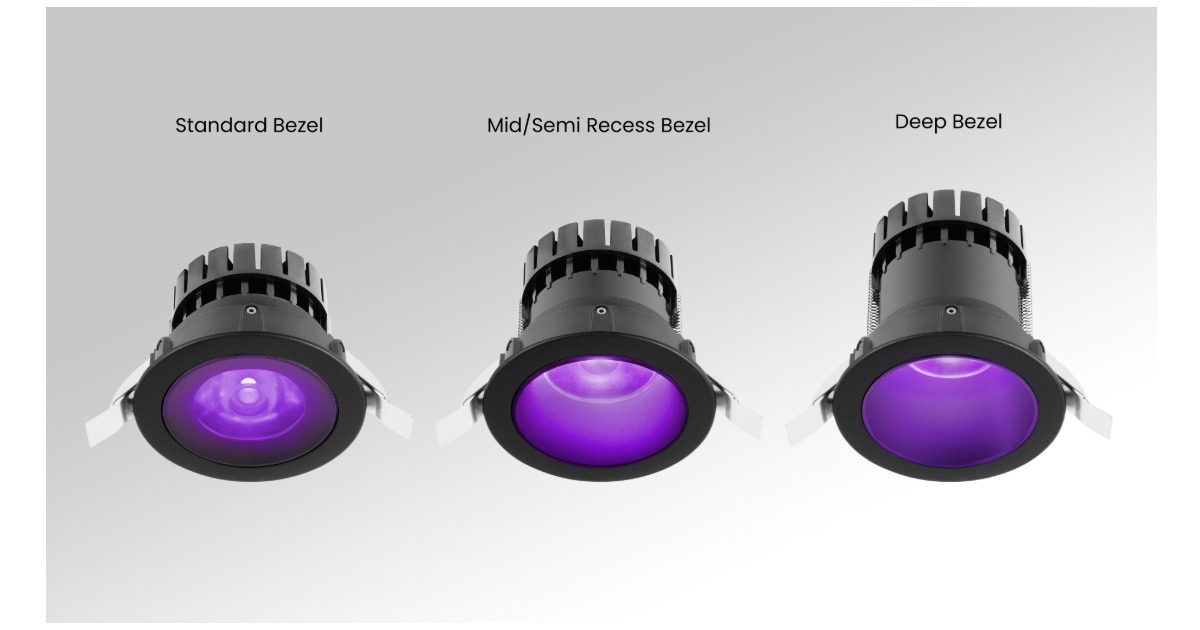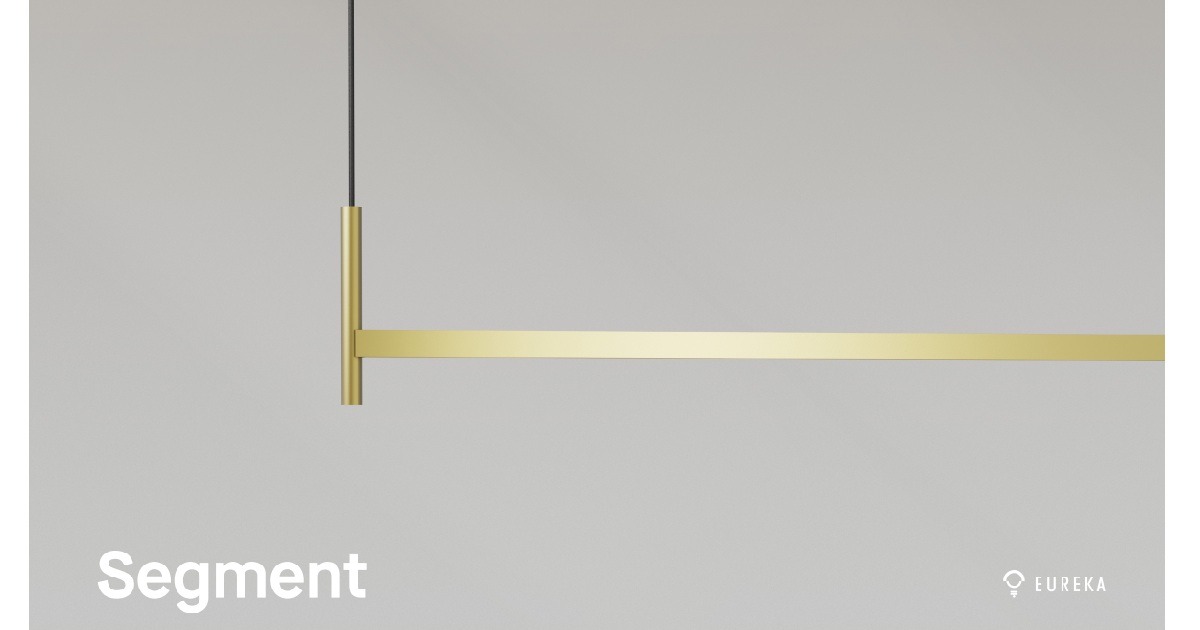All Blue Light is Not Created Equal, Exposure to the Right Blue is Critical for Optimizing Circadian Rhythms
By PRWEB
One of the excuses the lighting industry uses to avoid addressing the harmful effects of blue-enriched LED lights at night is “circadian science is not yet mature.” Now a publication in PNAS from Harvard’s Brigham and Women’s Hospital has resolved one of the last remaining contradictions in the science – what color blue is responsible for the health effects? Start 2023 off in the best light, with details from the Circadian Light Research Center on exposure to the right blue light.
Dr. Martin Moore-Ede, director of the Circadian Light Research Center explains: “Over the past 20 years, exposure to blue-rich light at night, and too little blue-rich light during the day, has been linked to dozens of serious health disorders caused by circadian rhythm disruption, including sleep disorders, depression, obesity, diabetes, cardiovascular disease, and several hormone-sensitive cancers including breast and prostate cancer. But which blue? Royal blue, sky blue, aqua?”
The first studies in 2001 pointed to 460 nm royal blue. But the photobiologists studied people in the dark given short (less than 90 minutes) exposures to monochromatic (single-color) lights.
These early studies hardly represented how people use lights in the real world. To better understand blue light effects, the Circadian Light Research Center team studied people working under normal office lighting. In 2020 they reported the key color that had to be controlled in healthy lighting was 477 nm sky blue, near the 479 nm peak sensitivity of the melanopsin circadian photopigment in the eye. The 460 nm royal blue sensitivity only applied to the dark-adapted eye, but in the normal light-adapted conditions of workplaces and homes, the blue light most essential to control was sky blue, near 480 nm light.
In 2022, the Harvard study confirmed the explanation was correct. During the first hour of light exposure, 460nm royal blue is the key circadian clock resetting signal, but after that, approximately 480nm sky-blue light is the circadian time cue. They resolved the contradiction by studying 99 dark-adapted human volunteers receiving 6.5 hours of monochromatic light exposures instead of the previously studied 90 minutes.
The reason for the difference between short versus long light exposures is that the cones in the retina are triggered when people first see light. Still, that effect fades away in the first hour, leaving the melanopsin-containing retinal ganglion cells in the retina, driving the sustained response to blue light as long as the lights remain on.
The key to human health is for the lighting industry to remove all 438-493 nm blue light from every LED light used after sunset but add plenty of 480 nm blue light to every fixture and light bulb used during the daytime hours.
If not replaced with circadian lighting, people only prolong the ill-health caused by the indiscriminate use of blue-enriched lights.
Circadian Blue Light is the narrow band of blue light (between 438-493nm) that synchronizes our circadian rhythms during the day and disrupts them at night
Circadian Light Research Center
Dr. Martin Moore-Ede, a former professor at Harvard Medical School, and his research team built this medical research center to identify and develop optimal health circadian lighting. With funding from the National Institutes of Health and other supporters, they designed and operated a light-controlled medical research center with a fully spectrally-controlled workplace and residential lighting to study human volunteers living and working at all hours around the clock.
Martin Moore-Ede M.D., Ph.D.
For over 40 years, Dr. Moore-Ede has been a leading world expert on circadian clocks and the health problems caused by electric light at night. As a professor at Harvard Medical School (1975 – 1998), he led the team that located the suprachiasmatic nucleus, the biological clock in the human brain that controls the timing of sleep and wake. He pioneered research on how circadian clocks regulate the timing of body functions. Since 2010, he has led the Circadian Lighting Research Center team that identified the key blue signal that synchronizes circadian clocks and developed patented LED lights, which provide circadian-optimized light across day and night based on comprehensive medical research. The effectiveness of these circadian-modulated lights in improving health and well-being has been validated by installing them in the 24-hour operations of Fortune 500 companies and hospitals. He has published over 180 scientific articles and authored ten books, including the best-selling books, The Clocks that Time Us, and The Twenty-Four Hour Society. His forthcoming book is The Light Doctor: Why You Must Change Your Lights Now to Protect Your Health
For more info:



